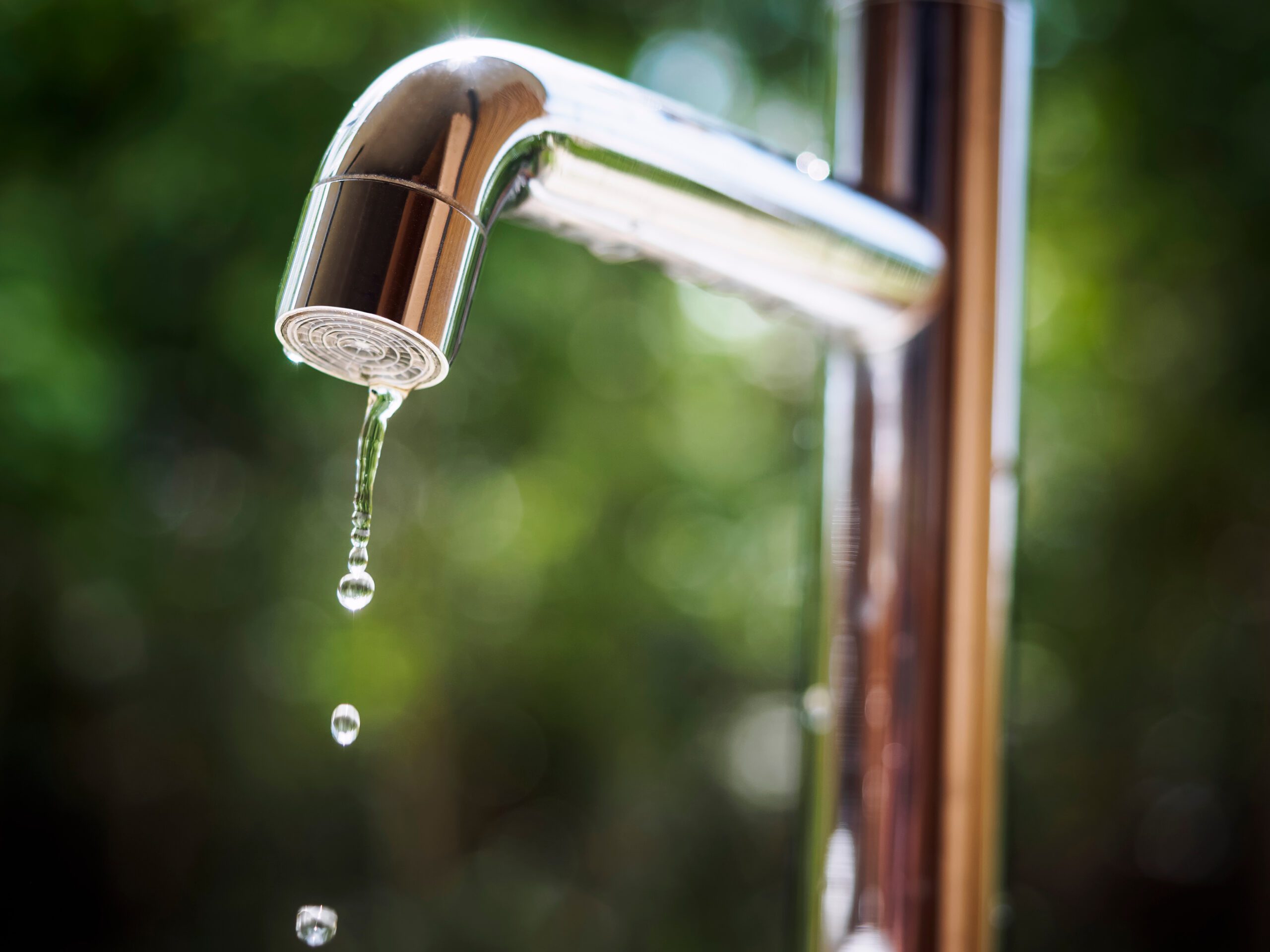
What Is Green Plumbing?
Like most other systems, plumbing plays a crucial role in every household. And good plumbing helps keep your home clean and hygienic.
What if we said that plumbing could make your home environment-friendly as well? You may find it a bit difficult to believe, but trust us, it is possible, all thanks to green plumbing!
With every passing day, more and more people are becoming environmentally conscious, due to which they are opting for more eco-friendly means of living. And green plumbing is one of these systems that have emerged in recent times to deal with the plumbing infrastructure of your home.
But what exactly is it, and how is it different from conventional plumbing? That is what we have addressed in this brief informative guide.
So, without wasting any more time, let’s dive right in!
What Is Green Plumbing?
Similar to most other eco-friendly, “green” systems, the basic principle behind green plumbing is simple – to make the plumbing infrastructure more ecologically sustainable than before. Therefore, it essentially refers to the methods of plumbing that aim to reduce the environmental impact and wastefulness of conventional plumbing systems.
Water is a precious commodity that is utilised everywhere, and that is why you should use it judiciously whenever possible. In this regard, many conventional plumbing systems have been observed to be grossly inefficient and wasteful when it comes to conserving water. Many traditional plumbing systems utilise more water than necessary for everyday activities.
So, to combat this inefficiency, more and more people are switching to these ecological plumbing systems in their properties and households. This, in turn, helps them minimise water usage as much as possible.
In addition, many regulatory bodies have mandated the use of green plumbing systems. This has been done to increase sustainability and minimise the load on the water supply and sanitation systems. Thus, by adopting this plumbing method, households can comply with these regulations.
There are several methods and techniques of green plumbing that are used today. These include the installation of solar water heating systems, rainwater storage tanks, water-saving fixtures and fittings, water recycling systems, and so on.
The Advantages Of Green Plumbing Systems
If you implement green plumbing within your household, you get several advantages. Some of these advantages have been listed below.
1. More Eco-Friendly
Without a doubt, the biggest and most obvious advantage of green plumbing is its sustainability. Thanks to water-efficient taps and fixtures, you can significantly reduce the amount of water that is wasted.
These fixtures and fittings come with features such as auto shut-off, low-flow mechanisms, low-capacity flushes and so on. Consequently, they utilise only the necessary amount of water to get the job done without wastage.
2. Save Money
Thanks to green plumbing systems, you can save a lot of money on monthly water bills. Methods like rainwater harvesting, allow you to capture water from natural sources (such as rain).
On top of that, installing water recycling systems will allow you to reuse the water in your tank after proper treatment. So, you do not need to pay more for extra water, thereby minimising your water bills.
Additionally, using solar water heating systems helps save money on your electricity bills. Since you can heat the water using solar energy instead of conventional electricity, your electricity consumption also decreases.
3. Ease Of Use
Unlike conventional plumbing systems, green plumbing is relatively easier to use. For instance, water-efficient, low-flow faucets and taps come with auto shut-off features. So, you don’t need to manually turn on the water when you want to use it.
Besides, you do not need to remember about pumping water to fill up the rainwater harvesting water tanks. They will automatically get filled when it rains, which makes them relatively convenient to use.
4. Increase The Lifespan Of Your Plumbing Fixtures
One indirect benefit of using green plumbing systems is an increase in the lifespan of your plumbing fixtures and appliances. In conventional plumbing, the water pipes and fixtures may get worn out quicker since they use relatively more water.
On the other hand, green plumbing fixtures use lesser water and have a reduced flow, which minimises the wear on these fixtures. As a result, you can use them for longer, and they will also require fewer repairs and replacements than traditional fixtures.
Disadvantages Of Green Plumbing Systems
While it obviously has a lot of advantages, there are a couple of disadvantages to green plumbing, as described below.
1. Initially Expensive
Green plumbing techniques and systems will eventually help you save a lot of money, but the initial investments required can be somewhat high. You will need to spend quite a lot to install solar water heaters, low-flow toilet fixtures, or rainwater tanks. That may reduce the short-term feasibility of such a system.
2. Challenging To Install
The installation of these plumbing systems can be pretty challenging, especially compared to traditional plumbing. Proper plumbing expertise is necessary to install water recycling systems or rainwater tanks. Otherwise, they will not be seamlessly integrated throughout the water supply system in your household.
Final Words
The benefits of a green plumbing system far outweigh any disadvantages that it may have. Besides, if you can get in touch with a plumbing company that can provide effective plumbing services, most of the benefits can be mitigated anyway.
They will help you switch to this greener plumbing alternative effectively and affordably. And if you are wondering how many plumbing systems you should install, there is no set limit, but the more, the better. You can start with simple ones, such as low-flow bathroom fixtures, and eventually expand from there until your whole household is ecologically sustainable.
Now that we have arrived at the end of this informative guide, we sure hope that you found it interesting to read.
That’s all for now. Till next time, take care!